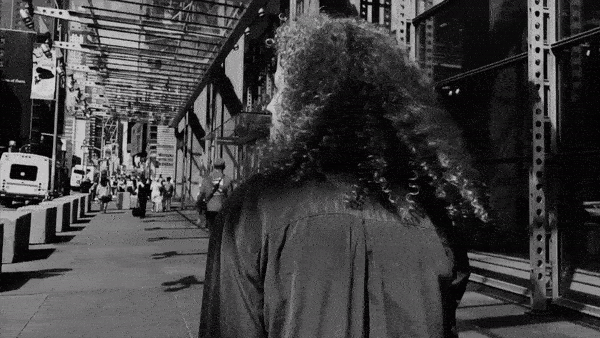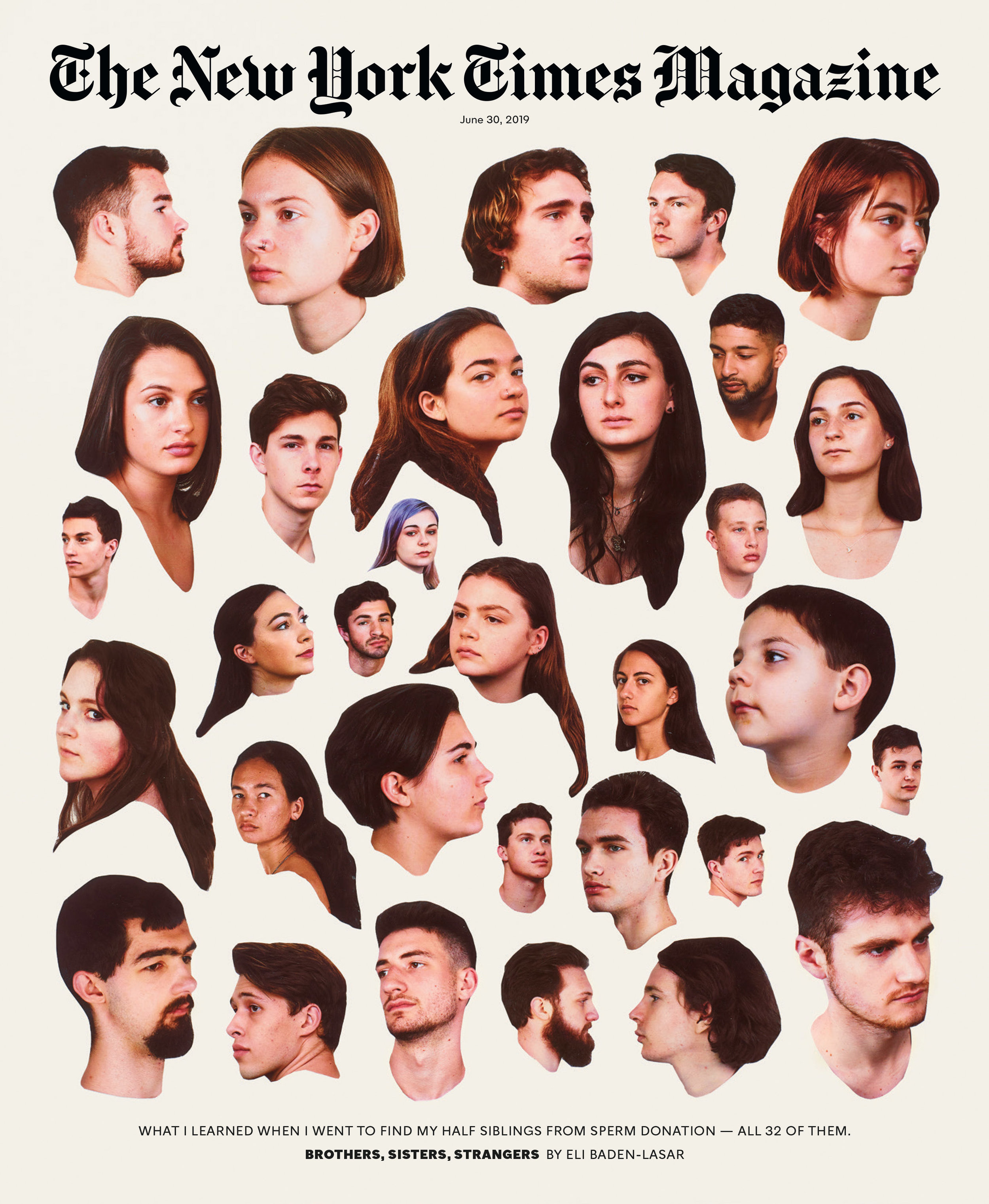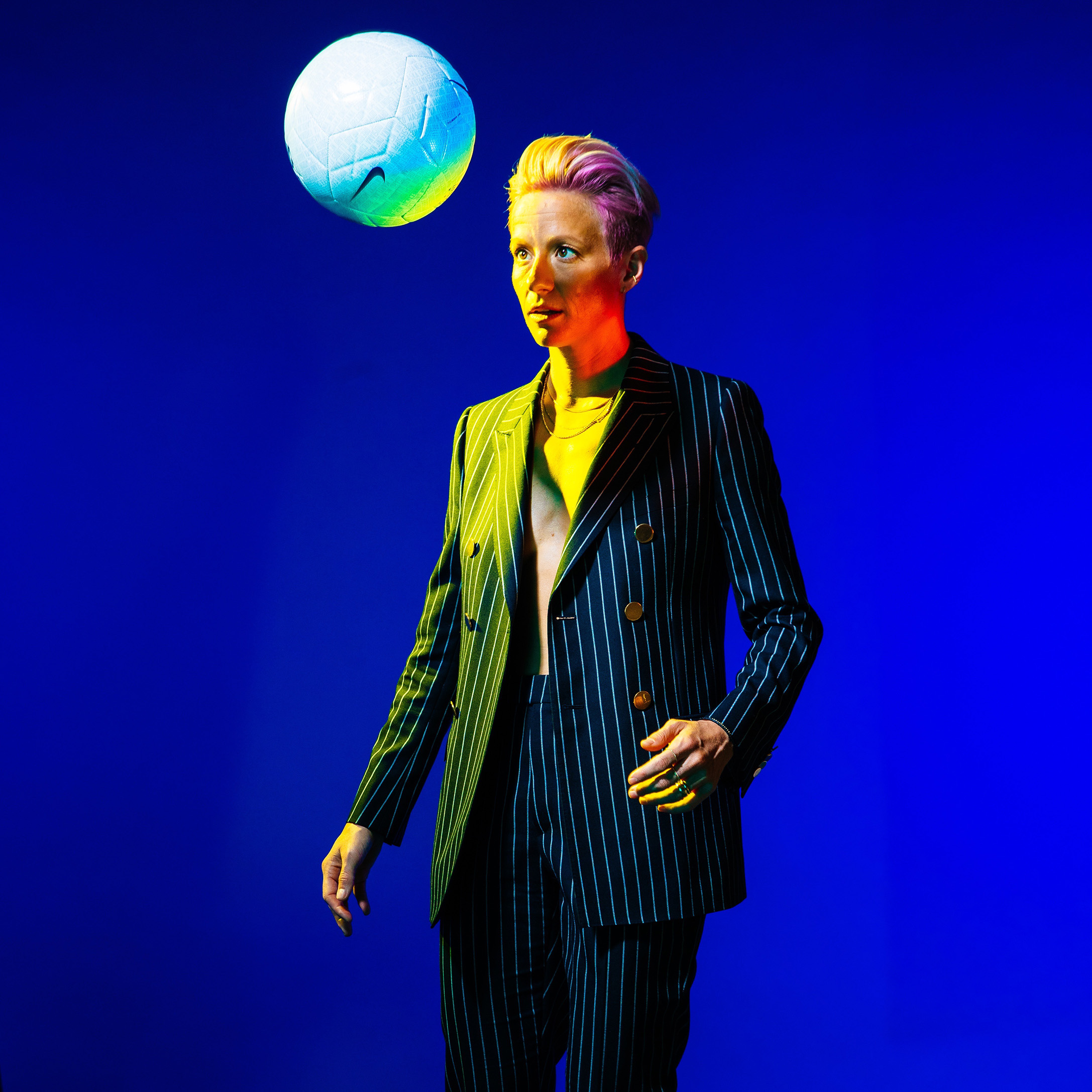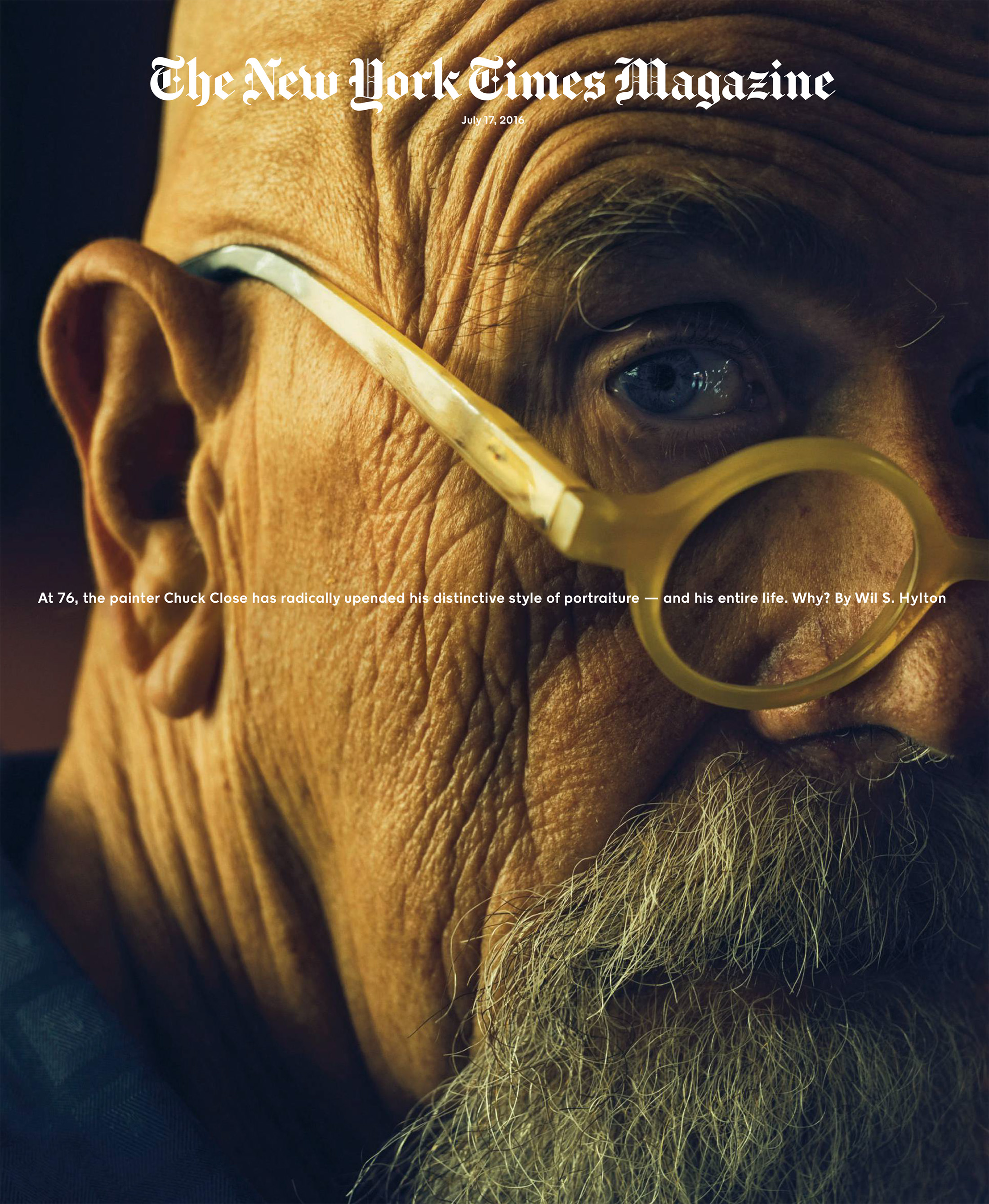Kathy: We think a lot about the emotional undercurrent and tone of what our photographers will bring. Do we want someone who will bring a critical eye? A critique of a social situation unfolding. Do we want someone who's going to bring a warm, nonjudgmental eye? There are a million different things that photographers see in the world, and generally speaking, the better the photographer the more they are homed in on the way they see. They tend to be less flexible but that lack of flexibility is often intertwined with their greatness. They see something in a certain way and the universe that unfolds before them can only be seen that way.
Mo: Adding on that, how do you make sure that we're getting a wide variety of perspectives from photographers with different backgrounds?
Kathy: It's very, very important to have a diverse range of point of views, for sure. That literally defines The New York Times Magazine. We cover everything from politics to culture or how-we-live-now stories. Science, hard news, art... We kind of cover it all. We're very international; almost every issue has an international piece in it. And that demands a very expansive group of photographers. We want to have work that changes things up.
Mo: How do you challenge yourself to do that?
Kathy: Let's say a subject is coming up in the magazine. I try to think of a way to portray this subject in a way that hasn't been done before. Okay, that's a challenge. You can't always meet that bar. But I start out with every assignment aiming to do something fresh and unexpected with the subject matter. Sometimes that means assigning an art photographer.
Kathy: Let's say it is someone who does something very specific in their artwork. This could be the moment when there's the appropriate journalistic assignment to match that person with. Perhaps there's room for lots of poetic license within the assignment; perhaps we don't have to be so specific.
Kathy: Last year, we did a Voyages issue where we had Karine Laval photograph the whispering aspens in Utah. Stacey Baker, a senior photo editor, had the idea to assign Karine. The photographs she made were wonderful, almost abstract canvases of color—it was a perfect moment. We're still in the rounds of working on the upcoming Voyages issue but I can say that it's going to have a lot of poetic license. There will be a lot of room for art photography where the photographer can do something deeply personal, maybe somewhat abstract and resonant. We kind of look for those moments.
Kathy: I've had a great time working with Idris Khan, who's a wonderful artist who shows with the Sean Kelly Gallery. I've loved his work for years. He’ll layer a number of pictures on top of each other so you have this kind of vibrating, pulsing picture. We did an issue on London at one point and I asked Idris to photograph the most familiar landmarks—like the most cliché things that could represent London. But in his hands, he took it to a whole other place. So when we have that opportunity to do something like this, we go for it.
Mo: And you want to serve it justice, yes?
Kathy: Yes, I like that you said that because that's another responsibility I feel. We have to serve the subject justice. And there's lots of ways you can interpret that. We're talking about commissioning and bringing into life a photograph that's so special it does justice to the subject. We're only going to do that subject in that week’s issue so please let us bring a photo into being that's memorable and will stand the test of time. When you just asked me the question now you made me think of the things we consider when we photograph a political candidate.
Kathy: The cover issue we closed recently was with Elizabeth Warren. If we're going to put a presidential candidate on the cover we think a lot about the emotional tone of the portrait. It's tricky because we have a lot of democratic candidates out there right now. So we decided to go for a direct, straightforward approach. We assigned Sharif Hamza who made a beautiful, elegant picture. No heavy duty lighting. You'll see, it's a little more classical than what we might do with another subject, but this subject—a democratic candidate for president, in this particular race, at this particular moment in time—demands an authentic you-be-the-judge kind of portrait where the reader can come to it and look at her without seeing too much visual commentary.
Mo: How do you know if it's authentic?
Kathy: I think with photography if somebody is looking right at you and they're lit in an even way, that's authentic. Whereas if you're trying to dramatize something you might bring in harsh light. But then again, is photography ever authentic? [both laughing]





































